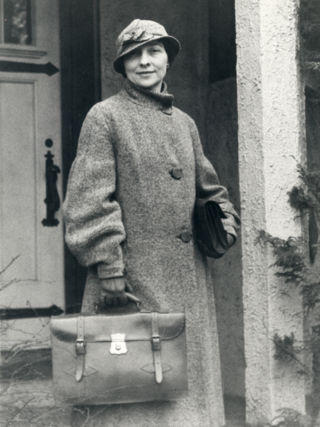 I am quite remiss in posting about Sandra Grimes aka spy chaser extraordinaire. I created a draft on her after I posted on the Dames Hunting Ames, and but then instead followed up on her friend and cohort, the late-great Jeanne Vertefeuille after her passing, and then really meant to dig in and finish after Grimes and Vertefeuille published Circle of Treason: A CIA Account of Traitor Aldrich Ames and the Men He Betrayed. But alas, my dissertation work is all consuming.
I am quite remiss in posting about Sandra Grimes aka spy chaser extraordinaire. I created a draft on her after I posted on the Dames Hunting Ames, and but then instead followed up on her friend and cohort, the late-great Jeanne Vertefeuille after her passing, and then really meant to dig in and finish after Grimes and Vertefeuille published Circle of Treason: A CIA Account of Traitor Aldrich Ames and the Men He Betrayed. But alas, my dissertation work is all consuming.
So here we are with something fresh: ABC TV doing a procedural on Grimes and the CIA in her hunt for the mole in the new show The Assets. Between that and a rather surprising reddit AmA by the illustrious Ms. Grimes, I feel obligate to finally, FINALLY giver her her due.
Grimes (1945 – ) is one of those individuals who is seemingly born to the life. Both of her parents worked in Oak Ridge, Tennessee (now Oak Ridge National Laboratories) on the Manhattan Project. The amount of secrecy surrounding not only the project, but the town itself due to the large number of people employed by the government there, could certainly influence or make one predisposed to a life of government service and national security in particular. Grimes studied and excelled in Russian during her teens and formally enrolled in Russian Studies at the University of Seattle where she received her degree.
Now this is 1966, the Cold War is well underway, and what is a gal to do with a degree in Russian if not work for the CIA? Starting off in clerical services and working her way up to the division handling the double agent Dmitri Polyakov, a Russian asset and CIA informant (who was later arrested based on information provided by both Robert Hanssen and Aldrich Ames, and executed for treason in 1988). Through diligence and no small amount of auto-didacticism, Grimes learned every facet of Soviet Intelligence and worked her way in to senior analyst position, then a division officer, a section chief, and later a deputy chief. It was through these experiences that she met her friend and colleague Vertefeuille.
By the late 1980s, it had become clear that CIA communications had been compromised by Soviet intelligence services. Through an extensive mole-hunt, Grimes and her task force had narrowed their gaze to Aldrich Ames, their fellow co-worker who had been taking large bribes from the Soviet Union in exchange for money for years resulting in the second greatest loss of assets in US history.
Grimes retired from the CIA in 1991.
So now Hollywood is getting in on the act with a TV series based on this infamous mole hunt. The show chronicles the years of initial loss and discovery of the existence of a mole within the CIA. And Grimes is front and center in the series which is refreshing for it’s under-played action sequences and patient story telling. It is incredibly fascinating in a particularly boring way, but yet still oddly riveting at the same. Maybe because it isn’t a hopped, testosterone soaked clam bake of sexed-up killer fembots indulging in typical Hollywood Spy-Fi? Most certainly.
And while the Grimes “character” in the show experiences the equally boring and typical “issues” facing women, like how to make time for family and career, here’s the kicker: she has an amazingly supportive husband who encourages her in her work. This is new. I have yet seen this kind of portrayal in the media for our Intel gals. Not that she should need male permission in the first place, because really, when are the gender roles ever reversed on that issue? But that said, I would have been just as happy having zero back story on Grimes, knowing nothing of her personal life, and having the story focus just on her doing her job. Sigh – c’est la vie. Maybe next time.
I cannot predict the longevity of such a show. Those in Intel will undoubtedly sink their teeth into the details, but that requires dragging out the narrative, and unfortunately that type of pacing may not last with a general audience – although it would most certainly be good for them.

